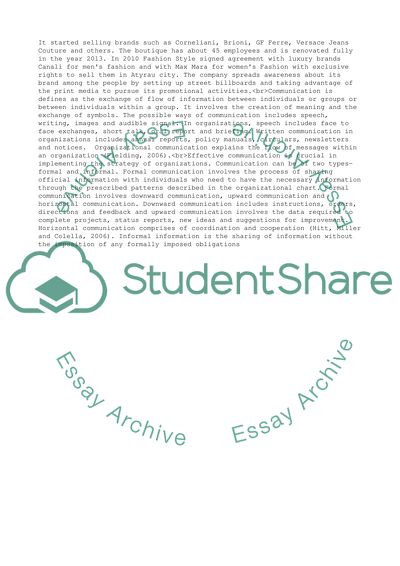Cite this document
(Managing communication,knowledge and information Essay - 2, n.d.)
Managing communication,knowledge and information Essay - 2. https://studentshare.org/management/1881946-managing-communicationknowledge-and-information
Managing communication,knowledge and information Essay - 2. https://studentshare.org/management/1881946-managing-communicationknowledge-and-information
(Managing communication,knowledge and Information Essay - 2)
Managing communication,knowledge and Information Essay - 2. https://studentshare.org/management/1881946-managing-communicationknowledge-and-information.
Managing communication,knowledge and Information Essay - 2. https://studentshare.org/management/1881946-managing-communicationknowledge-and-information.
“Managing communication,knowledge and Information Essay - 2”. https://studentshare.org/management/1881946-managing-communicationknowledge-and-information.


